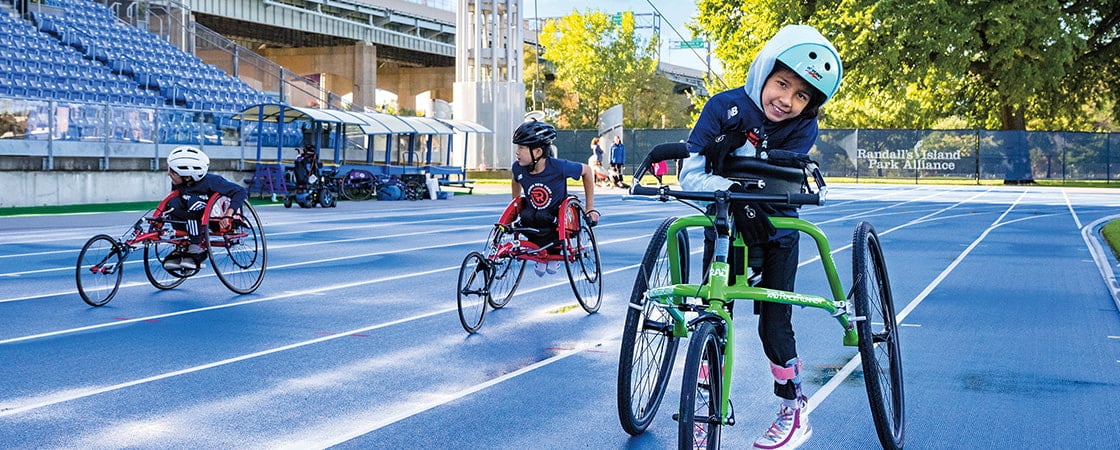Penelope took a deep breath. She stood at the starting line and gripped the handlebars of her frame runner. This was a big race. It was the 2022 Move United Junior Nationals, and there were kids from across the country competing.
Penelope felt her feet on the ground and focused on her goal. She was prepared for this moment. “I’ve got this,” she told herself.
BOOM! The starting pistol went off. The race had begun, and Penelope was darting down the track. Would she be the next champion?
Penelope took a deep breath. She stood at the starting line and held the handlebars of her frame runner. This was a big race. It was the 2022 Move United Junior Nationals. There were kids from across the country competing.
Penelope felt her feet on the ground and focused on her goal. She was ready for this moment. “I’ve got this,” she told herself.
BOOM! The starting pistol went off. The race started. Penelope was darting down the track. Would she be the next champion?

